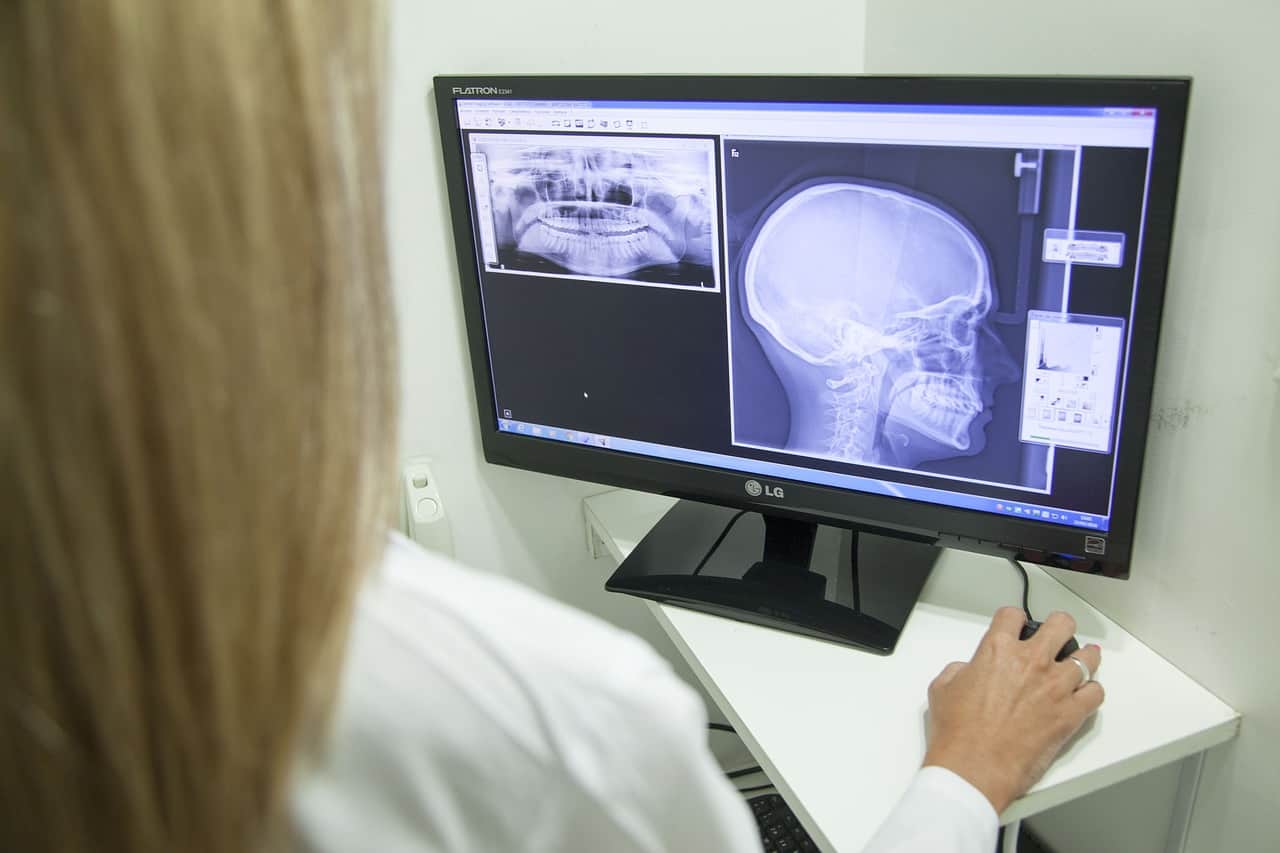
WHAT IS TMJ?
TMJ is termed as the “temporomandibular joint.” There are two joints on either side of the head. You can palpate this joint in front of your ears while opening your mouth.
TMJ movements allow us to close and open the mouth for singing, speaking, chewing and yawning.
SYMPTOMS OF TMJ DISORDER:
The symptoms are mild to severe which include:
- Pain on chewing or on mastication.
- Pain on the face, ears, jaw or neck.
- Popping, grating or clicking sounds are heard on opening or closing the jaws.
- Headaches
- The jaw joint is locked.
TMJ EXERCISES OFFERED BY PHYSIOTHERAPISTS AT MARKHAM:
TMJ exercises Markham help in relieving pain by strengthening the jaw muscles. These activities increase the jaw mobility and promote the healing of jaw. It allows an individual to relax and stretch the TMJ quickly. These exercises reduce the clicking sound. For more information, visit us.
Following are recommended TMJ exercises in Markham:
1. PARTIAL OPENING EXERCISE:
The tongue is placed on the palate, and a finger is placed in front of the ear near the TMJ location. Keep your pointer or middle finger on the chin. Partially drop the lower jaw and then close the jaw. You can also place one finger on either side of TMJ and slightly drop the lower jaw. It will result in mild resistance, but there is no pain.
2. RELAXED TMJ EXERCISE:
The tongue is placed on the palate behind the anterior teeth, i.e., the front teeth. Keep the upper and lower teeth apart and relax the jaw muscles.
3. Full opening exercise:
The tongue is placed on the palate with one finger on TMJ while another one on the chin. The lower jaw is dropped entirely.
4. RESISTED MOUTH OPENING EXERCISE:
The thumb is placed under the chin, and the mouth is opened slowly. Apply resistance against mouth opening by pushing the thumb gently.
5. RESISTED MOUTH CLOSING EXERCISE:
Squeeze the chin by applying pressure with thumb and index finger. Try closing your mouth against this pressure. This exercise helps in strengthening the jaw muscles.
OTHER TREATMENT OPTIONS:
There are many other ways to treat the TMJ pain which includes:
- Mouth guards to align the jaw or prevent jaw clenching and teeth grinding.
- Warm towels
- Stress relief techniques
- Muscle relaxants
- Over the counter medicines such as acetaminophen and ibuprofen.
- Acupuncture
- For severe pain, corticosteroid injections or surgery.

